With summer just around the corner, it is important to know how to treat poison ivy and poison oak rashes in kids. The best prevention is to teach your children how to recognize poisonous plants and stay away from them. The American Academy of Dermatology and American Academy of Pediatrics offer information on how to identify these plants and treat a rash if one occurs.
About five to 10 percent of people are not allergic to poison ivy and will never get a rash from poison ivy. Many other people mistakenly believe that they are not allergic to poison ivy because they have not yet had a noticeable reaction, such as a rash. The explanation is that people rarely develop a rash or any type of skin reaction the first time they encounter poison ivy, however, most people will break out in a rash after subsequent exposure. The urushiol oil contained in the leaves and stems of poison ivy and poison oak causes the rash. It may be carried by pets or clothing that were exposed. If a rash develops, it usually appears in one to four days after exposure and should heal in two to three weeks. The rash will often form in streaks on exposed skin, a result of the individual brushing through the plants.
The mildest form of rash caused by these plants often consists of small, red, itchy bumps that can resemble hives. It is more common to develop clusters of small blisters, usually with clear fluid, that can sometimes join together to form larger blisters. If your child gets poison ivy on his or her eyelids, the eyelids will become red, swollen, and itchy – but the eyeballs themselves should not be affected.
If your child is exposed to poison ivy, start preventive measures by:
- Gently washing the affected area for several minutes in warm, soapy water. Rinse the soap off thoroughly and dry gently. There is no need to scrub the skin harshly.
- Wash all clothes, shoes, and pets that may have come in contact with the plant; the oil can spread from clothes to other surfaces easily and quickly.
If your child does develop a poison ivy rash, start treatment at home with these tips:
- Apply calamine lotion three to four times a day to help calm the itch. Avoid topical antihistamine and benzocaine anesthetic creams as these may cause another allergic rash on top of the poison ivy.
- Decrease the inflammation by applying a one percent hydrocortisone cream to the affected area.
- Drawing a cold bath or an oatmeal bath also may help to sooth the rash. Don’t scrub the area with soap because that often makes the skin itchier.
- Apply a cool, wet compresses (cool water on cloth towels) to soothe the skin and help dry up any oozing areas.
- Try an oral antihistamine, such as diphenhydramine, to reduce the itch at night.
- Trimming your child’s nails might prevent scraping the skin and putting it at risk for infection.
Some areas of the body may develop the rash a few days after it first appears on other parts of the body. These delayed rashes start later because they were not exposed to as much of the urushiol oil. Parents should note that the clear fluid that oozes from the blisters does not have any of the oil and cannot cause the rash to spread on you or to anyone else.
When should I take my child to the doctor for poison ivy?
It is possible for a rash to escalate to the point of needing to see a doctor. If you notice any of these symptoms, you should call your child’s doctor:
- If the rash does not respond to the previous methods of treatment
- Severe rash on the face
- Fever
- Signs of infection such as oozing
- The itch prevents your child from sleeping at night
- It hurts to use their hands (or to go to the bathroom) because of the rash
- The child has had very severe reactions to poison ivy in the past
Prescription treatments usually rely on creams and oral medicines that are in the hydrocortisone family but are much, much stronger than the hydrocortisone 1% cream that you can buy over-the-counter.
If you have more questions on types of rashes or topical treatments, consult your child’s pediatrician.
 https://riseandshine.childrensnational.org/wp-content/uploads/2020/02/Large-Group-of-People-Celebrating-feature.png
300
400
Rise and Shine
https://riseandshine.childrensnational.org/wp-content/uploads/2017/11/childrens_riseandshine_logo.jpg
Rise and Shine2024-02-27 07:00:312024-02-27 09:36:48Celebrate Rare Disease Day
https://riseandshine.childrensnational.org/wp-content/uploads/2020/02/Large-Group-of-People-Celebrating-feature.png
300
400
Rise and Shine
https://riseandshine.childrensnational.org/wp-content/uploads/2017/11/childrens_riseandshine_logo.jpg
Rise and Shine2024-02-27 07:00:312024-02-27 09:36:48Celebrate Rare Disease Day


 Scott A. Norton, MD, MPH, MSc, was the Chief of Dermatology at Children’s National.
Scott A. Norton, MD, MPH, MSc, was the Chief of Dermatology at Children’s National.
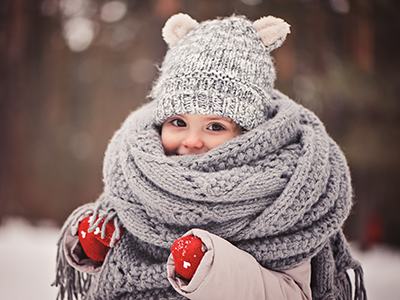

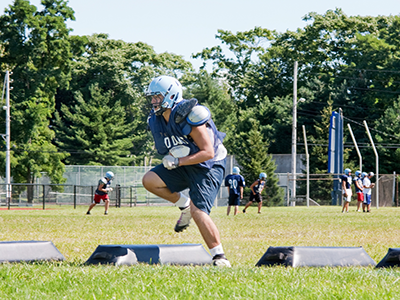
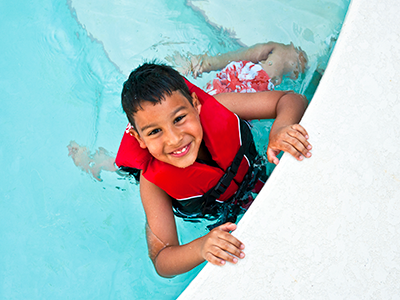
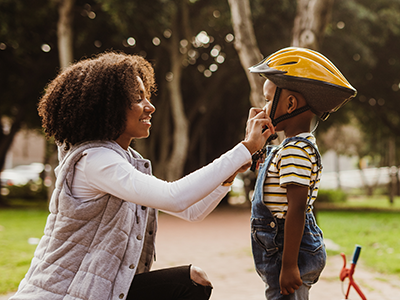
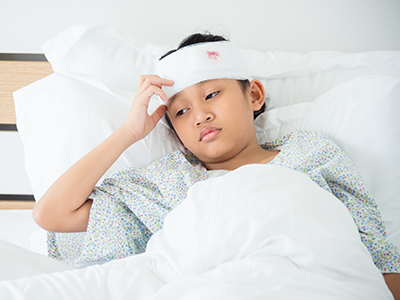
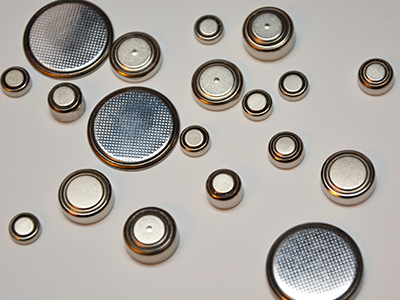
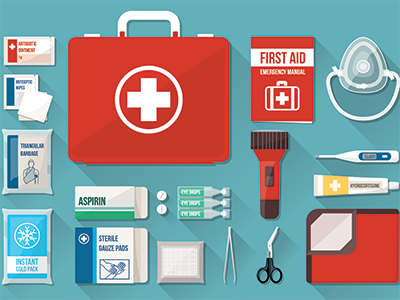
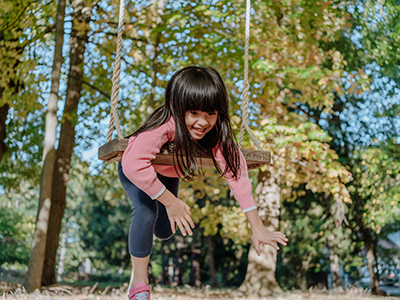
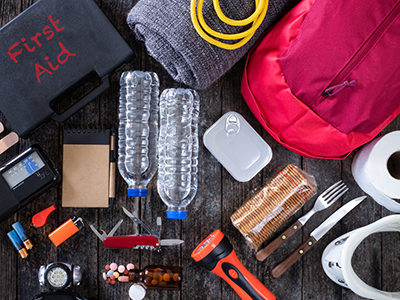
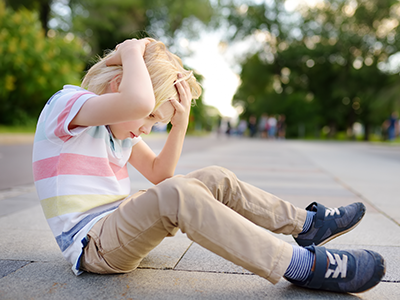

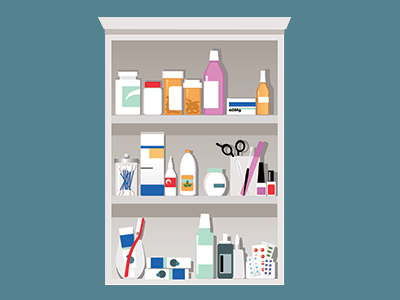
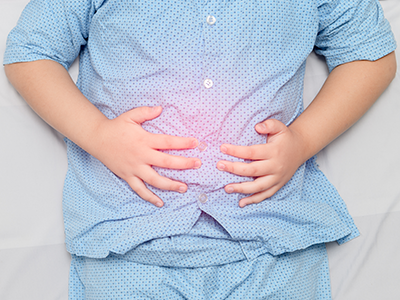
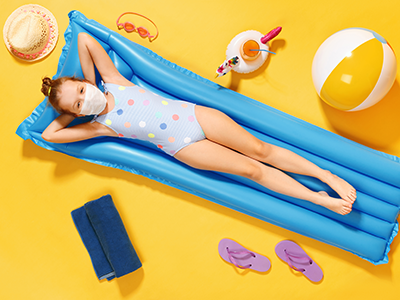
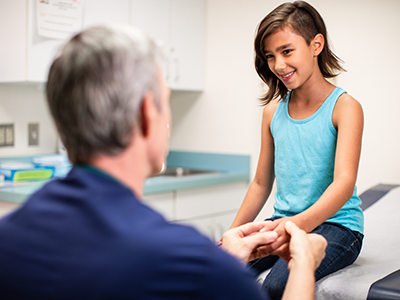
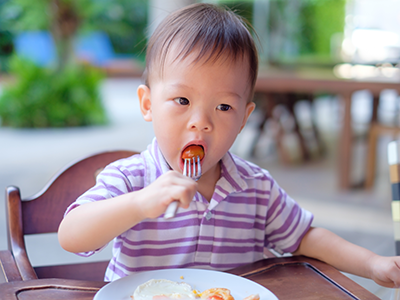

A plant called Jewelweed is natures antidote for poison ivy.Look for it growing in moist,shady ground near poison ivy plants.it has tall,translucent stems and hanging,trumpet-shaped,yellow or orange flowers. Gather the stems and leaves after the dew is off the plants,usually around 10:00 to 11:00A.M. You can also buy jewelweed seeds and grow your own. I’ve used this and believe me It”s the real deal! For more info:read about this great natural herb in Alternative Cures -Natural Home remedes by Bill GottLieb
Thank you for the information!
Childrens National, thank you for this post. Its very inspiring.
You’re welcome!
i’m 72 years old. once had pi so bad i was bedridden for a week, got it on a camping trip and couldn’t follow my usual practice. my md showed an intern telling him to remember. it is the worst case he had ever seen. my advise ,and i have a life time of experience with pi, is simple. buy a bar of the old fashioned brown laundry soap(keep one in the house, travel with one). wet yourself in a warm shower, turn off the water, lather up the exposed areas until the soap is creamy, like a lotion or mayonnaise. here ie the tough part: you must stand there until the paste dries( i time myself for 10 min to start). then rinse thoroughly. done right you will not have pi. if you do, it will be like a mosquito bite and be gone in 1-2 days. you will hardly know you have it. the trick is you must know you have been exposed. when in doubt, lather up.
totally agree re the laundry brown soap. this soap unlike other soaps which allow PI to spread contains the rash. I generally scrub the body or wherever with this laundry, pat dry and apply calamine lotion. the PI will now dry. so this once or twice a day all will be well.
LOL I am 71 and also used FELSNAPHTHA. (Brown Laundry Soap) We lived in the country so exposure was easy. If their was ANY chance I had been exposed Mom would give me my bath in Felsnaphtha Soap FLAKES (No Longer Available). The Naphtha in the soap was the reason it worked by dissolving the oil before it could cause much irritation. Once the rash had stared to develop we would simply wet a bar of the soap and run it on the rash. It would stop the a lot of the itching and dry up the rash in a day or two. You DID need to let the soap dry on you once you had the rash but ONLY where the rash developed.
calamine is just a waste of time and money. When I was a kid I couldn’t even look at a picture of poison ivy without get that stuff. Go to the doctor and forget the calamine!!!
What you have is an allergic reaction to sap on your skin. Soap does nothing to remove sap. Neither does Fels Naptha, or Technu. Calamine lotion also does nothing. What you need is a solvent to remove the sap. Goo Gone is the only cure I have ever found. You will find instant relief.
Applying cortisone cream to poison ivy rash only delays the response. On ceasing the application of cortisone cream there is often a flare-up of the rash. Speaking from experience and verified by my Dermatologist.
When I was a kid my mom got something for me to take before I went off to Scout camp. It was called Ivy Tox. You put a drop or two in an 8oz. glass of water and drank it.I did this before going to camp and did not get any poison ivy. I don’t know why, but I believe it was taken off the market. I’ve had plenty of pi before and since, but while I took that stuff I was free and clear. Wish it was still available.
Best cure!!! It’s bleach. Dilute it at first and if relief is not forthcoming, reduce the amount of water in the dilution. I had it so bad the dr. gave up on me. Then a buddy told me about bleach. What a God’s send! I fully agree with the post above that says calamine is a waste!
As a young boy I stayed outside all the time and was very allergic to PI had to go to doctor with every contact now I have found TECNU outdoor skin cleanser and it does work and you don’t have to leave it on like the brown soap you can buy TECNU over the counter
My ex hustand did the bleach treatment. Needed an emergency room visit, to treat the bleach burns.
I tried by applying normal diary milk and it worked.
It was based on the fact that we would drink milk to overcome the burning sensation after eating food with hot peppers.
Lye soap will eliminate the oil on your skin it’s available at Bass Pro shops or any country store it is the best treatment I’ve ever tried Calamine lotion is a waste